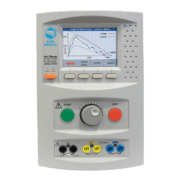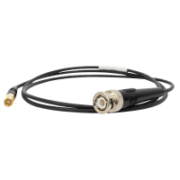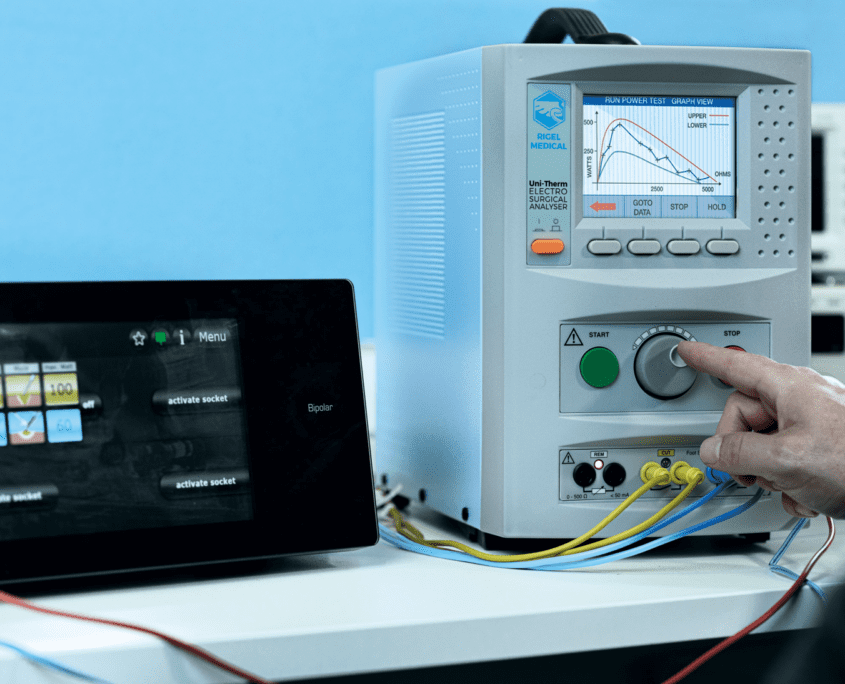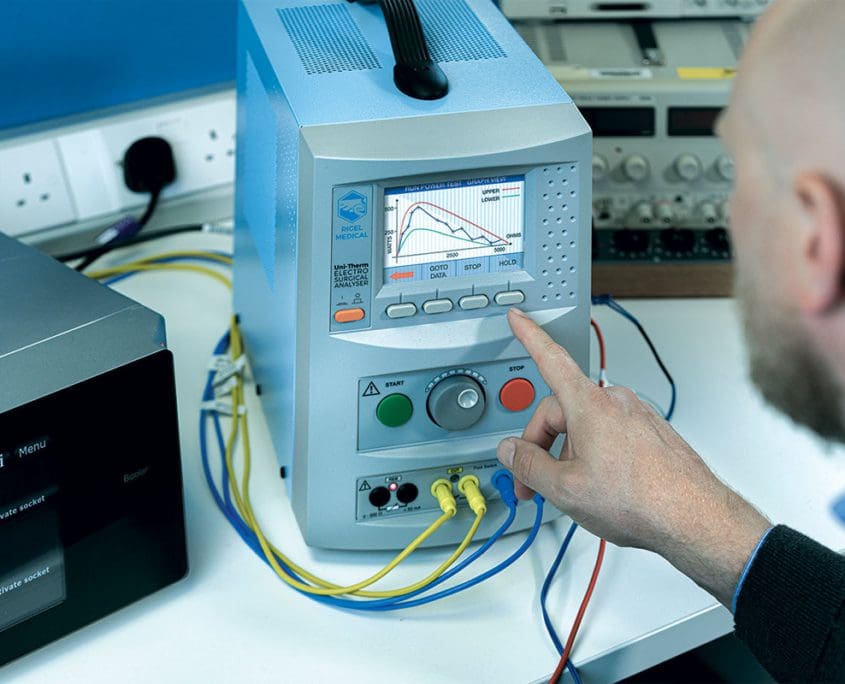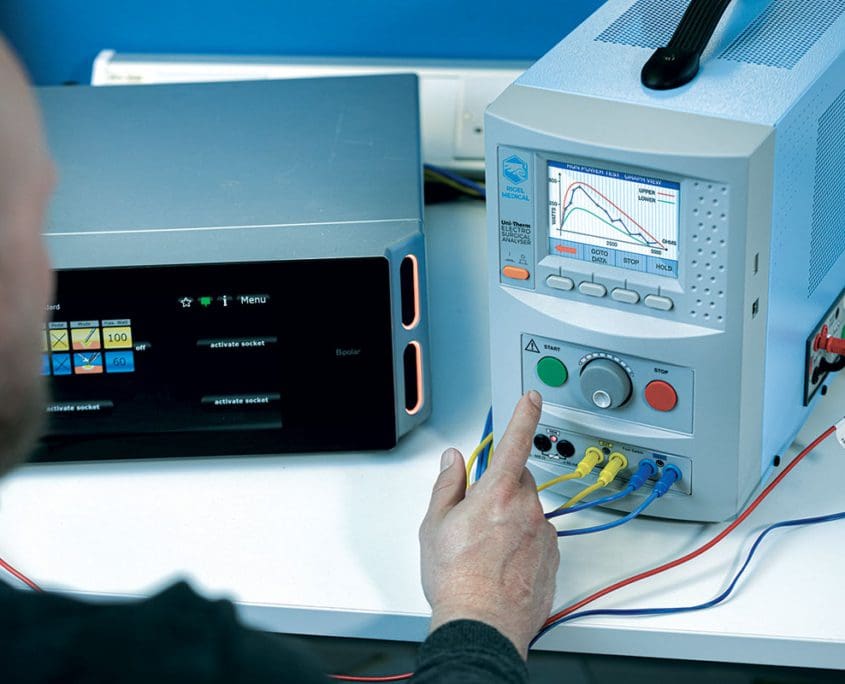Electrosurgery Testing
High-performance electrosurgery testing solutions for ESU generators
When it comes to electrosurgical testing, there are three important functional tests: high frequency (HF) leakage, power distribution and return electrode monitoring (REM). Our compact and automated electrosurgical analysers perform these key functional tests accurately, safely and easily through full colour step by step instructions.

